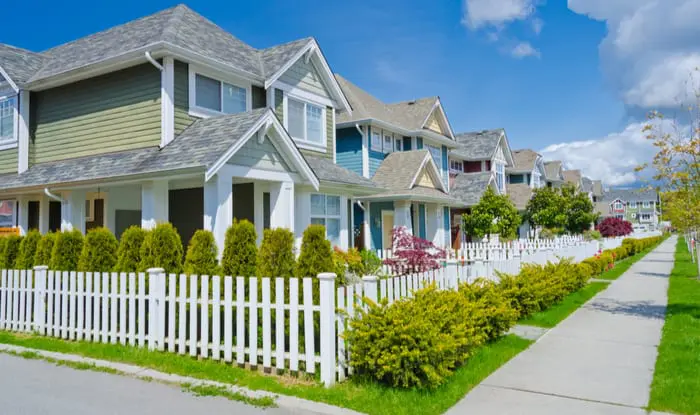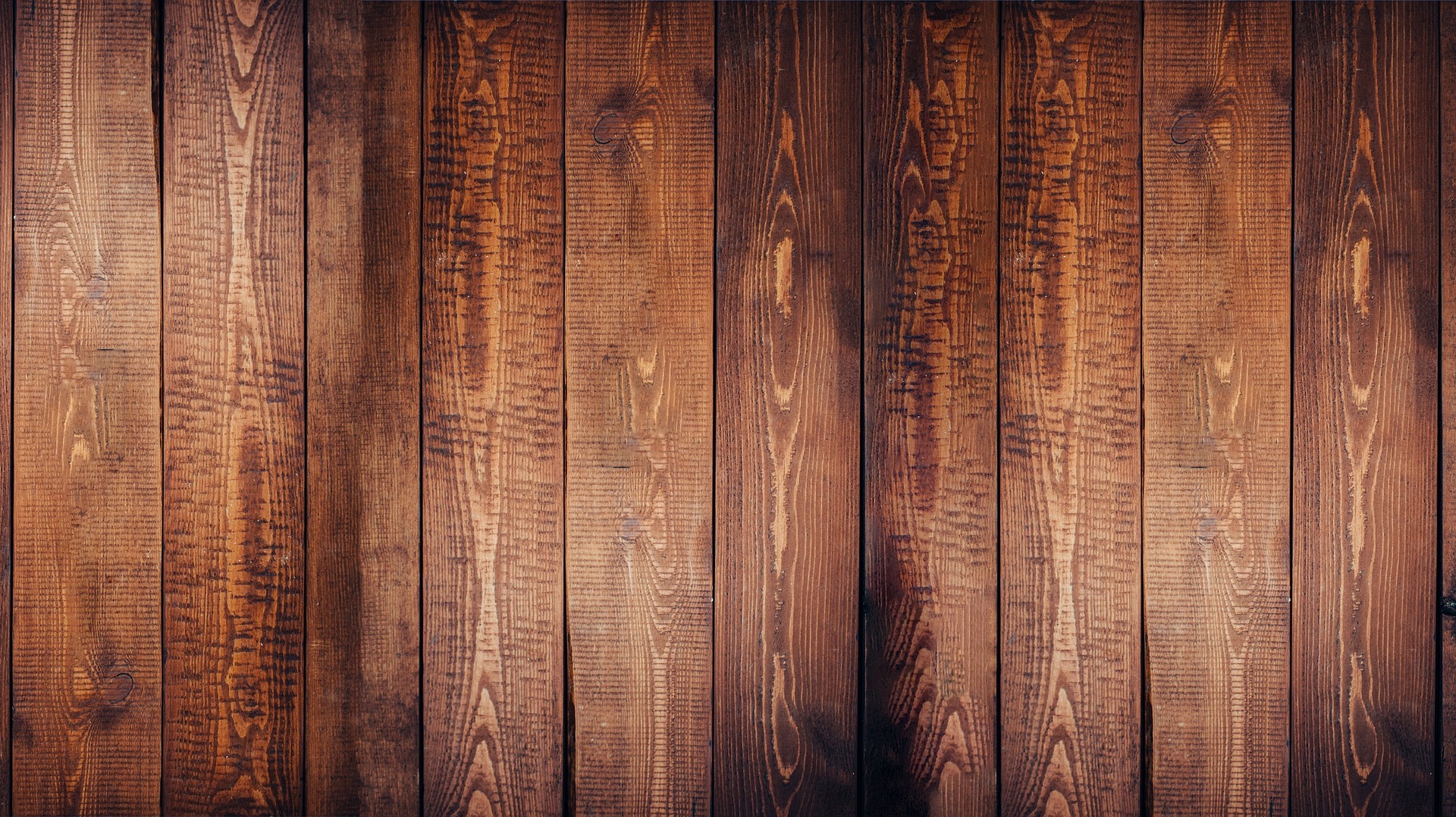
From The Cobb Group: You've probably heard "patio home" thrown around when you were looking for a house. Locally we have a lot of patio or "zero-lot line" homes available within almost every community. For the owner looking for maximum house with minimum maintenance they make a lot of sense. With very small yards they also make great "turn key" properties as vacation or second homes. In our area they can be attached or not attached to other patio homes.
What is a patio home? Well, it’s not a house with a porch out front. What defines a patio home is that it’s attached to other patio homes, making it similar architecturally to townhomes or condos—only in miniature.
Patio houses: What to know
While townhouses and condos are typically at least two stories high, patio homes typically max out at one or one-and-a-half stories, tops. A single-story layout is most common in this type of real estate, though.
(Oh, and patio homes might have a deck or concrete slab outside so you can sit and watch the fireflies, but not necessarily, so don’t let the name fool you. “Patio home” doesn’t necessarily mean patio.)
Patio homes: Popular options for home buyers young and old
Also referred to as carriage homes, garden homes, cluster homes, and courtyard homes, patio homes are a relatively recent addition to the single-family real estate landscape.
According to Joshua Zinder, principal of Joshua Zinder Architecture + Design in Princeton, NJ, these small-lot homes came into fashion in the 1970s, as gated and shared communities sprang up around the United States. While attached homes—townhomes and condos—can be found from coast to coast, construction of patio homes specifically has boomed in the Northeast of late, and you’ll often spot them near golf courses, where patio home communities and neighborhoods are common.
“These developments usually offer relatively easy access to nearby neighborhoods and communities, but often at a more affordable price point,” Zinder says. “Patio homes are in relatively high demand right now, as they tend to be popular with empty-nesters and others nearing retirement. They also often provide entry-level real estate for buyers looking for access to communities where houses have become costly.”
Aside from their low price point, patio homes are a type of single-family home that appeals to many homeowners because their small footprint, lot size, and near-zero lot line require only limited maintenance. The biggest downside may be that since your new home shares at least one wall with your neighbors’, you’ve got plenty of company nearby (and also a potentially zealous homeowners association, which can be a pro or con, depending).
Patio homes tend to be in the transitional style, incorporating both new and traditional exterior elements. In Zinder’s neck of the woods, for example, newer patio homes are popping up with brick veneers to match the “Princeton aesthetic.” But in developments and neighborhoods closer to the beach, patio homes have clapboard siding that makes them look more like older single-family homes nearby—an effort also commonly seen in townhome and condo developments.
Patio homes: What’s the difference between a patio house and a condo, anyway?
There is yet another difference between patio homes and condos or townhouses.
“In most cases, a patio homeowner actually owns the lot the unit sits on, as well as the building’s exterior and immediate property structures, like walkways, porches, and fencing,” says Greg Smith of Palisades Home Improvements in Nanuet, NY.
A condo owner, on the other hand, tends to own the interior of the housing unit, while the property, lawn, and other shared (mostly exterior) spaces or common areas are owned by the condo complex, Smith notes, adding, “It’s important for prospective buyers to understand what exactly they are purchasing.”
Article from realtor.com and written by Jeanne Sager
Posted by The Cobb Group on

Leave A Comment